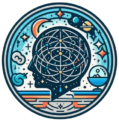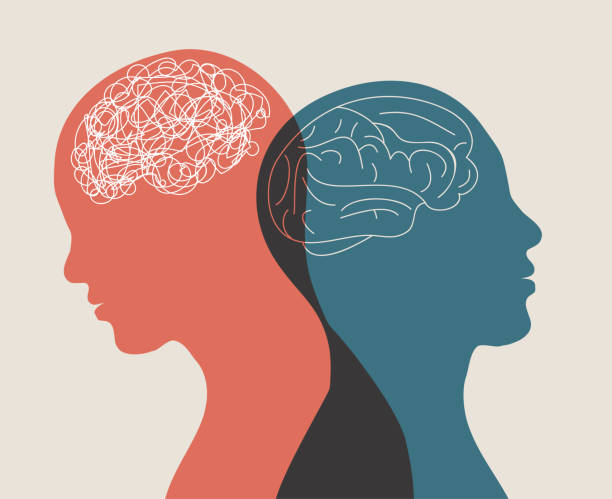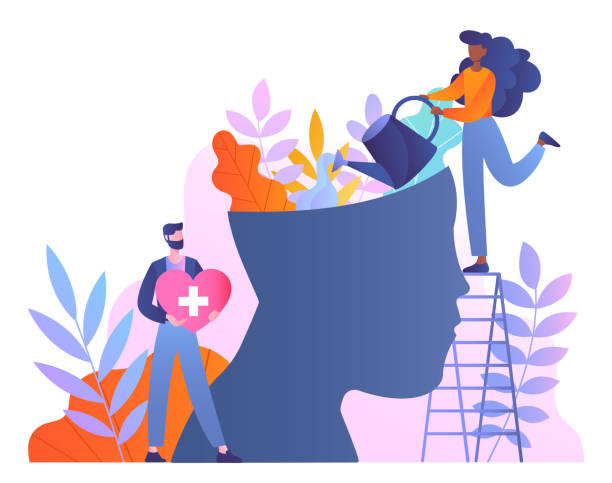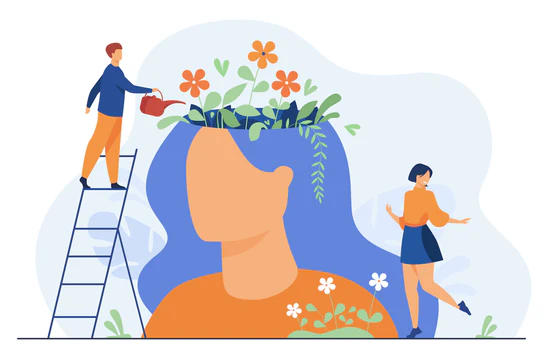Introduction
Every day, we make thousands of tiny decisions—whether to check our phones, respond to a notification, eat a snack, or scroll just one more video. While these micro-decisions may seem trivial, their cumulative effect can be profound. In our hyper-connected world, the psychological toll of continuous decision-making is increasingly relevant.
Read More- Decision Fatigue
The Science of Decision Fatigue
The term decision fatigue refers to the deteriorating quality of decisions made by an individual after a long session of decision-making (Baumeister et al., 1998). When forced to make too many choices—no matter how small—our mental energy becomes depleted, leading to impulsive behavior, avoidance, and poor judgment.
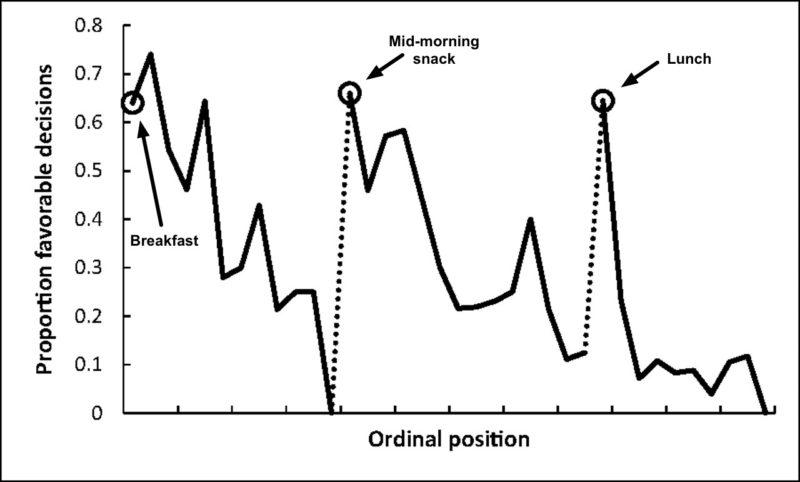
In modern digital life, we’re bombarded with choices: which email to read, which photo to like, which app to open, which word to use in a reply. These decisions don’t happen in isolation—they stack up, taxing our prefrontal cortex, the brain region responsible for executive functions such as planning, impulse control, and rational thought.
Micro-Decisions
Micro-decisions are small, routine decisions that rarely demand conscious deliberation—but their frequency and unpredictability make them insidiously exhausting. Examples include:
- Deciding whether to respond to a push notification.
- Choosing between five different emoji reactions.
- Picking a song from a playlist.
- Debating if it’s time for a coffee or another scroll.

A study by Iyengar and Lepper (2000) showed that more choices can lead to less satisfaction and increased cognitive burden. In digital spaces, where micro-decisions are both abundant and designed to be “frictionless,” this burden often goes unnoticed—until mental exhaustion sets in.
Technology and the Attention Economy
Social media and apps thrive on grabbing attention through micro-interactions. Each swipe, like, and notification is not just a feature—it’s a psychological nudge designed to re-engage you.
These platforms exploit what behavioral economists call “choice architecture” (Thaler & Sunstein, 2008). By manipulating how and when decisions appear, they subtly push users toward behaviors that maximize screen time—even when that results in fatigue or regret.
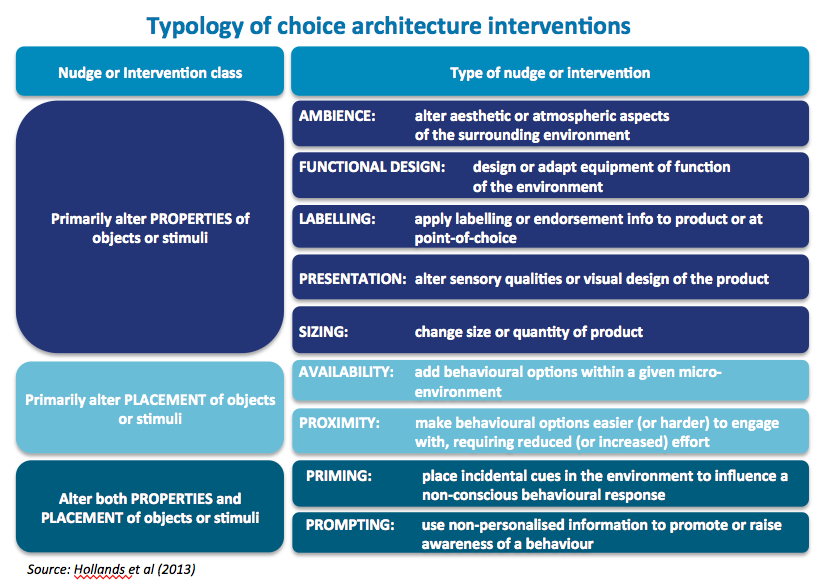
The attention economy monetizes your cognitive energy. The more micro-decisions you make to stay engaged, the more likely you are to fall into what’s called ego depletion, a state where self-control is impaired due to mental overuse (Baumeister & Tierney, 2011).
Willpower as a Limited Resource
Roy Baumeister’s ego depletion theory suggests that willpower functions like a muscle—it can become fatigued through use. In experiments, participants who resisted temptation (like eating cookies) performed worse on later cognitive tasks compared to those who didn’t exert self-control (Baumeister et al., 1998).
Micro-decisions, though not as intense as resisting cookies, add up. Constantly choosing whether to engage or ignore digital stimuli uses up self-regulatory capacity, leaving people more prone to procrastination, irritability, and impulsive behavior later in the day.
Mood and Cognitive Overload
Mental fatigue from decision overload doesn’t just affect cognition—it impacts emotional regulation too. A fatigued brain is less able to:
- Filter distractions.
- Manage frustration.
- Stay optimistic or hopeful.
In one study, judges were more likely to grant parole early in the day than after a long session of case reviews (Danziger et al., 2011). This suggests that even high-stakes decisions are compromised when cognitive resources are depleted.
In daily life, this might explain why a small conflict feels overwhelming after a long day of work and digital engagement. Your brain is tired—not just from tasks, but from navigating thousands of micro-decisions.
The Role of Uncertainty
Micro-decisions often involve uncertainty: Should I respond now or later? Will I miss something important if I ignore this alert?
This uncertainty triggers low-level stress, activating the sympathetic nervous system and the release of cortisol. Over time, this “always-on” state can contribute to chronic stress and anxiety, particularly in individuals who are prone to perfectionism or fear of missing out (FOMO).
Choice Paralysis and Analysis Fatigue
Paradoxically, too many small options can lead to decision paralysis—the inability to make any decision at all. This effect is especially evident in platforms like streaming services. Known as the Paradox of Choice (Schwartz, 2004), this phenomenon shows how abundance can reduce satisfaction and increase anxiety.
For example:
- You scroll through Netflix for 20 minutes and still feel unsure.
- You cycle between apps trying to “find the right thing.”
- You close them all and feel drained, despite doing nothing.
This state contributes to passive fatigue, where the energy spent on evaluating choices saps motivation to take action.
Digital Design and Behavioral Traps
App interfaces are intentionally engineered to create loops of micro-decisions. Features like:
- Infinite scroll
- Auto-play
- Real-time alerts
…are not accidental—they’re based on behavioral research. Each small interaction requires a choice, and each choice incurs a “mental switching cost” (Monsell, 2003), which cumulatively leads to cognitive drain.
Strategies for Reducing Mental Fatigue
To counteract micro-decision fatigue, individuals can adopt strategies that simplify choices and restore mental energy:
- Decision Bundling- Make related decisions in advance (e.g., meal plans, outfit choices) to reduce daily cognitive load.
- Notification Hygiene- Turn off non-essential alerts. Batch app checks instead of responding in real-time.
- Use Defaults Wisely- Customize apps to reduce unnecessary options and automate low-stakes choices.
- Digital Sabbaths- Take periodic breaks from decision-heavy environments to let the mind reset.
- Mindfulness and Grounding- Mindfulness helps reduce reactive behavior to digital stimuli and improves self-regulation (Tang et al., 2007).
- Create Routines- Habitual behavior reduces decision-making by turning actions into automatic processes.
Cultural and Workplace Implications
In work environments, micro-decisions can be amplified by tools like Slack, email, and task boards. “Context-switching” among platforms can reduce productivity by as much as 40% (Rubinstein et al., 2001).
Employers can address this by:
- Streamlining communication channels.
- Reducing unnecessary check-ins.
- Encouraging deep work periods without interruption.
On a broader scale, recognizing micro-decision fatigue as a mental health concern can help shape healthier digital ecosystems.
Conclusion
Micro-decisions may seem inconsequential, but their cumulative cognitive cost is real and measurable. In a world designed to keep us engaged, we must design boundaries, habits, and tools to preserve our mental clarity and emotional resilience.
Understanding the psychology behind these tiny choices empowers us to make better macro-decisions—ones that prioritize focus, well-being, and control over our attention. In the battle between convenience and cognitive health, awareness is our first defense.
References
Baumeister, R. F., Bratslavsky, E., Muraven, M., & Tice, D. M. (1998). Ego depletion: Is the active self a limited resource? Journal of Personality and Social Psychology, 74(5), 1252–1265.
Baumeister, R. F., & Tierney, J. (2011). Willpower: Rediscovering the Greatest Human Strength. Penguin.
Danziger, S., Levav, J., & Avnaim-Pesso, L. (2011). Extraneous factors in judicial decisions. Proceedings of the National Academy of Sciences, 108(17), 6889–6892.
Iyengar, S. S., & Lepper, M. R. (2000). When choice is demotivating: Can one desire too much of a good thing? Journal of Personality and Social Psychology, 79(6), 995–1006.
Monsell, S. (2003). Task switching. Trends in Cognitive Sciences, 7(3), 134–140.
Rubinstein, J. S., Meyer, D. E., & Evans, J. E. (2001). Executive control of cognitive processes in task switching. Journal of Experimental Psychology: Human Perception and Performance, 27(4), 763.
Schwartz, B. (2004). The Paradox of Choice: Why More Is Less. Harper Perennial.
Tang, Y. Y., Ma, Y., Wang, J., et al. (2007). Short-term meditation training improves attention and self-regulation. Proceedings of the National Academy of Sciences, 104(43), 17152–17156.
Thaler, R. H., & Sunstein, C. R. (2008). Nudge: Improving Decisions About Health, Wealth, and Happiness. Yale University Press.
Subscribe to PsychUniverse
Get the latest updates and insights.
Join 3,027 other subscribers!
Niwlikar, B. A. (2025, June 17). What are Micro-Decision and 6 Strategies to Reduce Mental Fatigue. PsychUniverse. https://psychuniverse.com/what-are-micro-decision/
